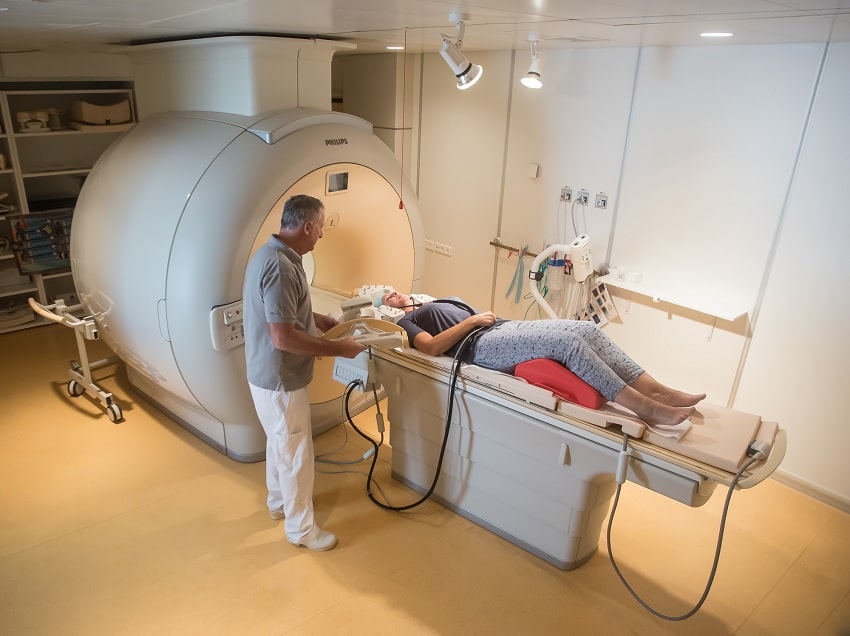The development of the MRI scanner has been a journey marked by scientific breakthroughs and technological advancements. This sophisticated imaging device has revolutionized the field of medical diagnostics, providing detailed images of the human body’s internal structures without the need for invasive procedures. This article explores the evolution of the MRI scanner, highlighting key milestones, technological innovations, and its impact on medical science.
The Birth of Magnetic Resonance Imaging
Magnetic Resonance Imaging (MRI) emerged in the 1970s, revolutionizing medical imaging by providing a non-invasive method to visualize internal body structures. Unlike X-rays and CT scans, MRI uses strong magnetic fields and radio waves to generate detailed images of organs and tissues. The journey began with the concept of nuclear magnetic resonance (NMR), discovered in the 1940s by Felix Bloch and Edward Purcell, who shared the Nobel Prize in Physics for their work.
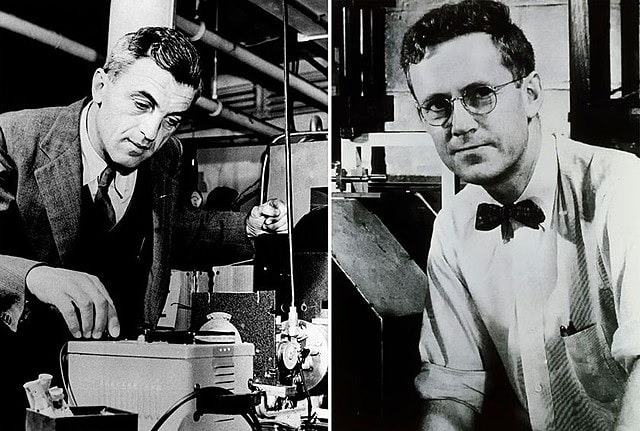
At Mystery Uncover, we delve into the most intriguing stories and mysteries from around the world. From natural wonders to technological marvels, our aim is to uncover the fascinating secrets that captivate the imagination. For instance, if you’re intrigued by mysterious stories, check out The Golden Gate Bridge’s Haunting Secret Will Shock You! Discover the hidden truths and unexplained phenomena that make our world so fascinating.
Early Innovations:
- 1971: Raymond Damadian, a physician and scientist, demonstrated that MRI could distinguish between cancerous and healthy tissues.
- 1973: Paul Lauterbur introduced the concept of generating images using magnetic gradients, which led to the first MRI image of a living mouse.
- 1977: The first human MRI body scan was performed, marking a significant milestone in medical imaging.
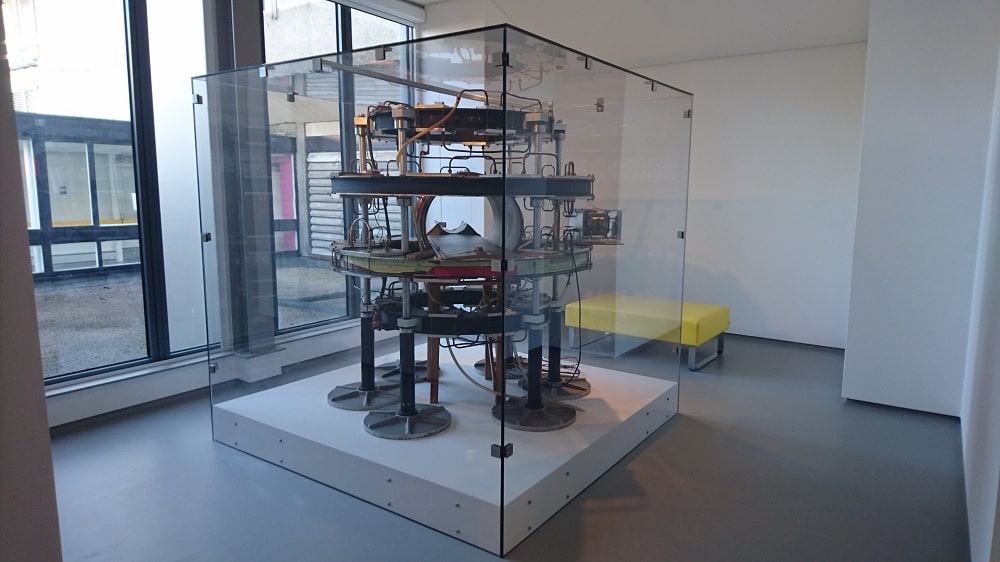
Technological Advancements and New Horizons
As technology advanced, so did the capabilities of MRI scanners. Innovations in magnet design, imaging techniques, and computer processing have significantly enhanced image quality and diagnostic accuracy.
Key Developments:
- 1.5T and 3T MRI Scanners: Early MRI scanners operated at 0.1 to 0.5 Tesla (T). Today, clinical MRI scanners commonly operate at 1.5T or 3T, providing higher resolution images.
- Open MRI Scanners: These were developed to accommodate patients with claustrophobia or obesity, offering a less confining experience.
- Portable and Mobile MRI Scanners: Recent advancements include the development of portable MRI scanners, making it easier to conduct scans in various locations, including remote areas and emergency settings.
Cutting-Edge Innovations
The quest for more powerful and precise MRI scanners continues, with research pushing the boundaries of what is possible.
Recent Breakthroughs:
- 10.5T MRI Scanner: Developed by the University of Minnesota’s Center for Magnetic Resonance Research, this scanner operates at 10.5 Tesla, the strongest magnetic field ever used in a medical device. This powerful MRI scanner can provide unprecedented insights into neurological diseases like Parkinson’s and Alzheimer’s.
- INUMAC MRI Scanner: This ultra-high-field MRI scanner, operating at 11.7 Tesla, is designed for brain imaging and research. It offers unparalleled image resolution, aiding in the study of brain functions and disorders.
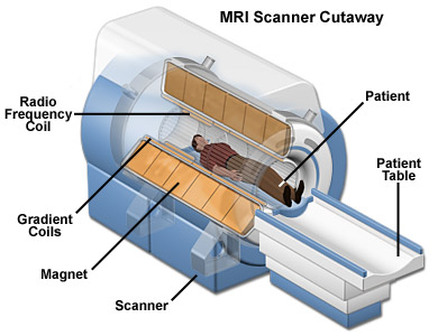
Understanding MRI Technology
MRI scanners work by exploiting the magnetic properties of hydrogen atoms in the human body. The process involves several key components and principles:
How an MRI Scanner Works:
- Magnet: The main component, creating a strong magnetic field that aligns hydrogen nuclei in the body.
- Radiofrequency Coils: These coils send radio waves into the body, exciting the hydrogen nuclei.
- Gradient Coils: They alter the magnetic field slightly to encode spatial information into the MRI signal.
- Computer Processing: The signals emitted by the excited hydrogen nuclei are detected and processed to create detailed images.
Types of MRI Scanners:
- Closed MRI Scanner: The traditional tube-like structure, providing high-quality images but can be uncomfortable for some patients.
- Open MRI Scanner: Designed to be less confining, offering more comfort at the expense of slightly lower image quality.
- Mobile MRI Scanner: Portable units that can be transported to different locations, expanding access to MRI technology.
Applications and Benefits of MRI Scanners
MRI scanners have a wide range of applications in medical diagnostics, contributing to the early detection and treatment of various conditions.
Primary Uses:
- Neurology: MRI is the preferred imaging technique for brain and spinal cord assessments, helping diagnose conditions like multiple sclerosis, brain tumors, and stroke.
- Cardiology: Cardiac MRI provides detailed images of the heart and blood vessels, aiding in the diagnosis of heart diseases.
- Orthopedics: MRI is used to examine joints, muscles, and bones, detecting injuries, tumors, and degenerative diseases.
- Oncology: MRI helps in the detection and staging of various cancers, including prostate, breast, and liver cancers.
Advantages:
- Non-Invasive: MRI does not use ionizing radiation, making it safer compared to X-rays and CT scans.
- High-Resolution Images: MRI provides superior contrast between different soft tissues, aiding in accurate diagnosis.
- Functional Imaging: Techniques like functional MRI (fMRI) and diffusion MRI extend MRI’s capabilities to study brain activity and neural pathways.
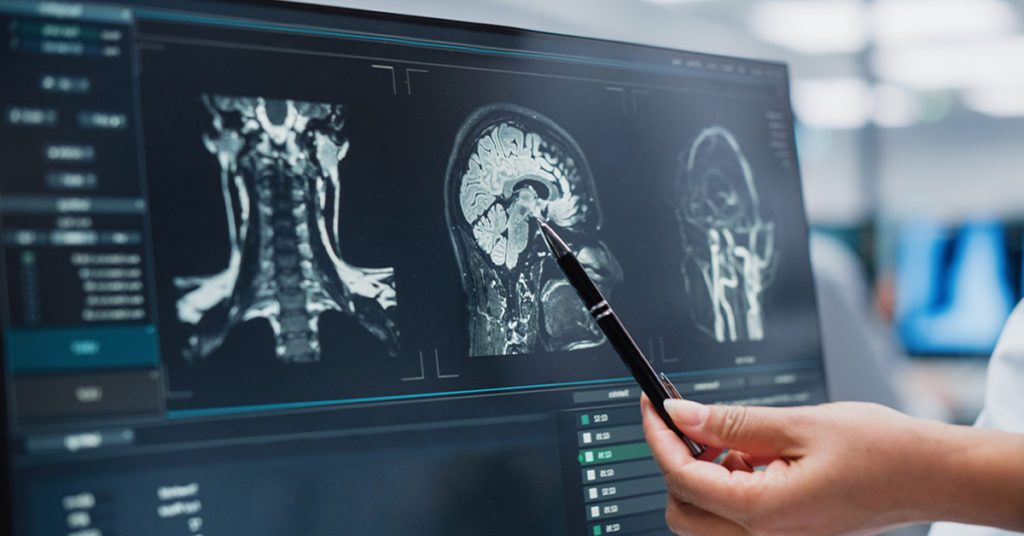
The Future of MRI Technology
The future of MRI technology looks promising, with ongoing research and development aiming to further enhance its capabilities and accessibility.
Emerging Trends:
- Artificial Intelligence: AI is being integrated into MRI technology to improve image quality, speed up image processing, and assist in diagnosis.
- Lower Cost Solutions: Efforts are being made to develop cost-effective MRI scanners to make this technology more accessible worldwide.
- Advanced Contrast Agents: New contrast agents are being developed to improve image clarity and provide more detailed information about tissue composition.
Challenges:
- Cost: High costs associated with MRI scanners and maintenance can limit access, particularly in low-resource settings.
- Comfort: Efforts continue to improve patient comfort, reducing noise and the need for confinement during scans.
The MRI scanner has come a long way since its inception, transforming from a concept into a critical tool in medical diagnostics. With ongoing advancements and innovations, MRI technology continues to push the boundaries of what is possible, offering hope for better diagnosis and treatment of diseases. Whether through the development of open, mobile, or high-field MRI scanners, the future of this remarkable technology promises even greater contributions to healthcare and medical research.
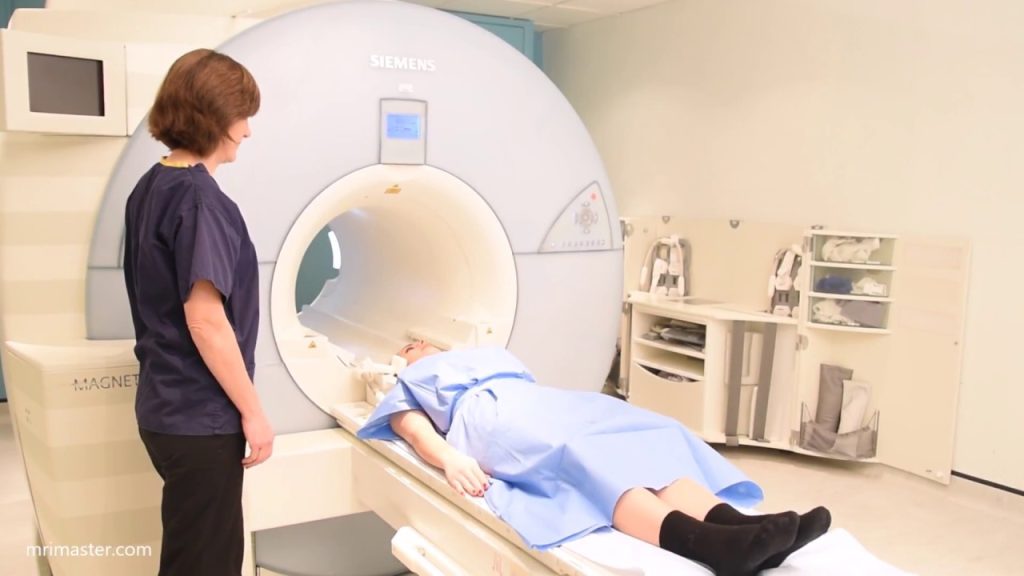
Frequently Asked Questions (FAQs)
1. What is an MRI scanner?
An MRI scanner is a medical imaging device that uses strong magnetic fields and radio waves to produce detailed images of organs and tissues within the body, aiding in medical diagnostics.
2. How safe is an MRI scan?
MRI scans are considered safe because they do not use ionizing radiation like X-rays or CT scans. However, certain precautions are necessary, such as removing metal objects that can be affected by the magnetic field.
3. What are the benefits of MRI over other imaging techniques?
MRI provides high-resolution images with excellent contrast between different types of soft tissues, making it ideal for diagnosing conditions in the brain, spine, joints, and organs without the need for invasive procedures.
4. How long does an MRI scan take?
The duration of an MRI scan varies depending on the type of scan and the body part being imaged. Typically, scans can last between 15 minutes to an hour or more.
5. Are there any risks or side effects associated with MRI scans?
While MRI scans are generally safe, some individuals may experience claustrophobia due to the confined space of traditional MRI machines. Additionally, patients with certain metallic implants or devices may not be able to undergo an MRI scan safely.


